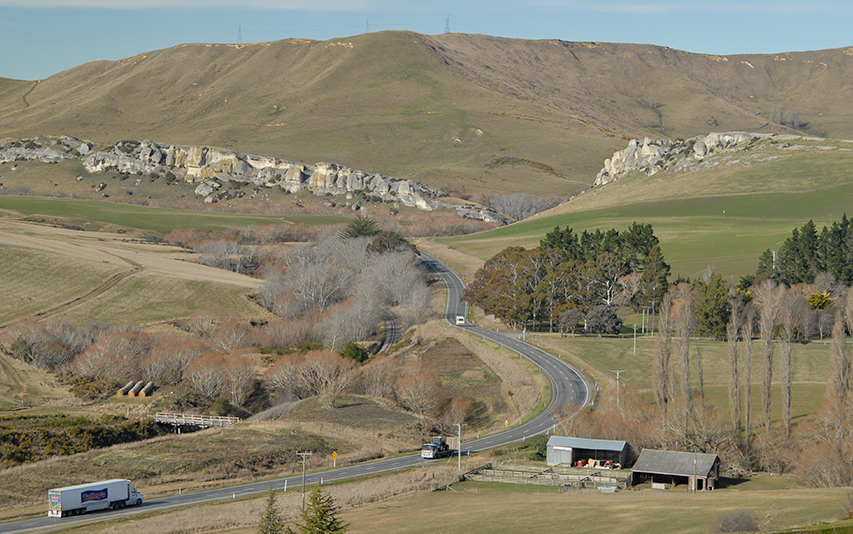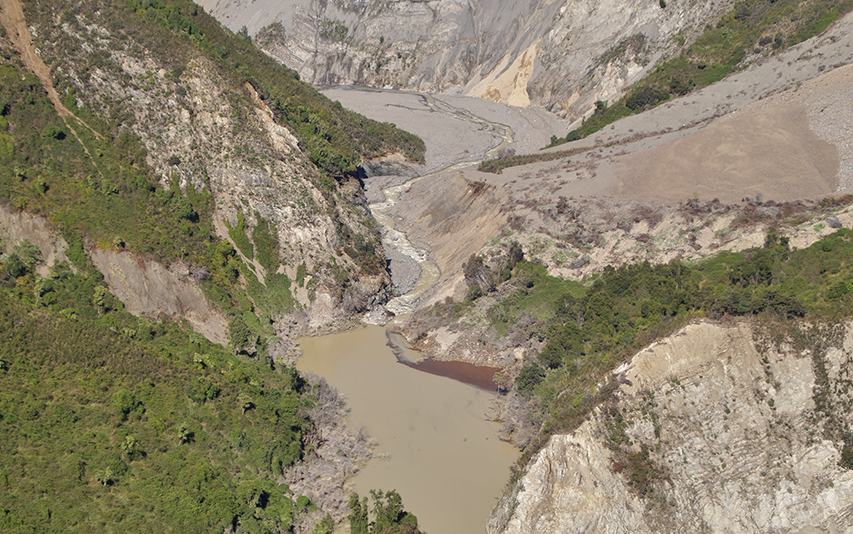Skip to main content
- Ready for anything
- Hazards
- Your district
- Canterbury CDEM
What goes up must come down. Our land is uplifted by earthquakes and then eroded by landslides.
Landslides can range from small slips and rockfalls to slurry-like debris flows - to massive rock avalanches. The size and nature of the landslide depends on the underlying geology, the size and angle of the slope, and what triggers it - an earthquake, heavy rain, human activity, or they may have no apparent cause.
The 2010/11 Canterbury earthquakes triggered many cliff collapses and rockfalls from the volcanic rock of the Port Hills, as well as some slower-moving landslides in the overlying sediments.
The 2016 Kaikōura earthquake caused huge rock avalanches in the hard greywacke sandstone and mudstone of the Kaikōura Ranges, and large slumps in the softer sandstones and mudstones further south. Later, heavy rain picked up a lot of landslide debris, causing damaging debris flows. Some of the landslides that occurred in steep terrain blocked rivers and gorges, which caused water to build up behind the debris. These are known as landslide dams and can be extremely dangerous, as they can breach suddenly and without notice, release a sudden flood of water downstream.

